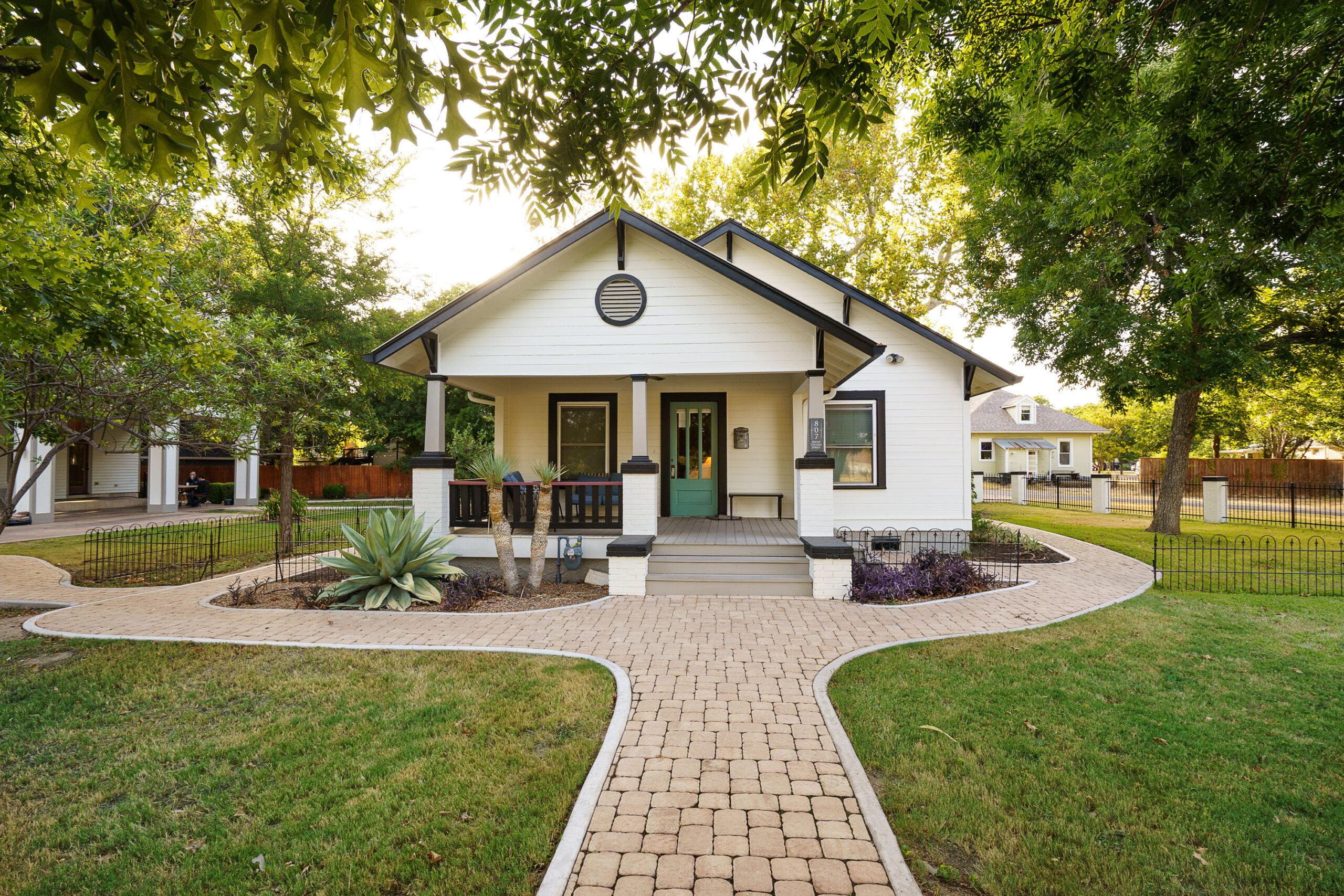Exploring BPD Treatment Options
Borderline Personality Disorder (BPD) is a mental health condition characterized by intense emotions and unstable relationships. It is crucial to find effective treatments to help individuals, particularly women, manage their symptoms. Various therapies and interventions are available, each with its unique approach. At Alta Loma in Georgetown, Texas, we have dedicated over 20 years to understanding and treating BPD and similar conditions in women.
Psychotherapy is widely recognized as the cornerstone of BPD treatment. Dialectical Behavior Therapy (DBT), for instance, is specifically tailored for BPD and focuses on balancing acceptance and change. In my experience, integrating approaches can maximize effectiveness. Our holistic methods at Alta Loma combine DBT, Cognitive Behavioral Therapy (CBT), and other supportive therapies to address the complexities of BPD in women.
How Therapy Helps in BPD
Therapy plays a pivotal role in assisting women with BPD through the exploration of their emotions and behaviors. In our therapeutic sessions, we prioritize creating a safe environment where women can express and confront their fears. This is crucial because women with BPD often grapple with intense feelings of abandonment and instability.
During these sessions, therapists use various techniques to help women understand the roots of their distress and develop healthier coping mechanisms. For example, DBT offers strategies for managing emotional regulation and interpersonal effectiveness. I’ve seen significant progress in clients who adopt these skills, leading to more stable relationships and improved self-image.
- Emotion regulation techniques to manage intense feelings
- Mindfulness to maintain present-focused awareness
- Interpersonal effectiveness skills to improve relationships
Furthermore, group therapy offers a supportive community where women can share experiences and learn from one another. These interactions often reduce feelings of isolation and provide fresh perspectives on managing BPD.
BPD Medication Treatments
While psychotherapy is paramount, medications can complement the treatment of BPD, particularly when co-occurring conditions like anxiety or depression exist. In my professional journey, I’ve observed that medications can stabilize mood swings and reduce impulsive behaviors. At Alta Loma, we emphasize customized medication plans, ensuring they align with each woman’s unique needs.
Commonly prescribed medications include mood stabilizers and antipsychotics, which can help manage mood instability and impulsivity. Antidepressants may also be used to address associated depressive symptoms. Although medication alone is rarely the solution, it can significantly enhance the effectiveness of therapeutic interventions for women with BPD.
Our healthcare team collaborates closely with clients to monitor their response to medications and adjust dosages as necessary. This collaborative approach ensures that medication contributes positively to the broader treatment plan.
Integrating Lifestyle Changes
BPD treatment for women extends beyond therapy and medication to include lifestyle changes that promote overall well-being. At Alta Loma, we advocate for a comprehensive approach that addresses nutrition, physical health, and social interactions.
For example, incorporating regular exercise has demonstrated benefits for mental health by reducing stress and boosting mood. Healthy eating habits also play a crucial role, as proper nutrition can affect neurotransmitter function and mood stability. Social support, whether from family, friends, or support groups, provides an essential safety net.
Encouraging women to engage in community activities has proven beneficial, fostering a sense of belonging and purpose. By maintaining a balance between therapy, medication, and lifestyle adjustments, women with BPD can achieve a holistic improvement in their quality of life.
What Are Common BPD Treatment Challenges?
One of the most significant challenges in treating BPD in women is the stigma associated with the disorder. This stigma often discourages women from seeking help or fully engaging in treatment. It’s essential to address this barrier by fostering an understanding and supportive environment.
Another challenge is the variability in symptoms. BPD symptoms can fluctuate dramatically, necessitating personalized treatment plans. At Alta Loma, we tailor our programs to accommodate these variations, allowing for adjustments as women progress through their recovery journey.
Lastly, ensuring long-term commitment to treatment can be difficult. Women with BPD might experience setbacks or feel overwhelmed by the intensity of therapy. Encouragement and consistent support are vital in helping them remain engaged with their treatment plan.
Steps for Effective BPD Treatment
- Seek Professional Evaluation: Begin with a comprehensive assessment from a mental health professional experienced in BPD. This step is crucial for accurate diagnosis and treatment planning.
- Commit to Therapy: Engage in regular psychotherapy sessions, such as DBT or CBT, to develop coping skills and address emotional regulation.
- Consider Medication: Work with a psychiatrist to explore medication options that may complement therapy, particularly for addressing mood swings or co-occurring conditions.
- Adopt Healthier Lifestyle Choices: Incorporate exercise, balanced nutrition, and social activities into daily life to support overall mental health.
- Build a Support System: Cultivate relationships with family, friends, and support groups to provide encouragement and accountability.
- Monitor Progress: Regularly review treatment goals with healthcare providers, making adjustments as necessary to stay on track.
By following these steps and working closely with a treatment team, women with BPD can embark on a path to improved mental health and personal growth.







